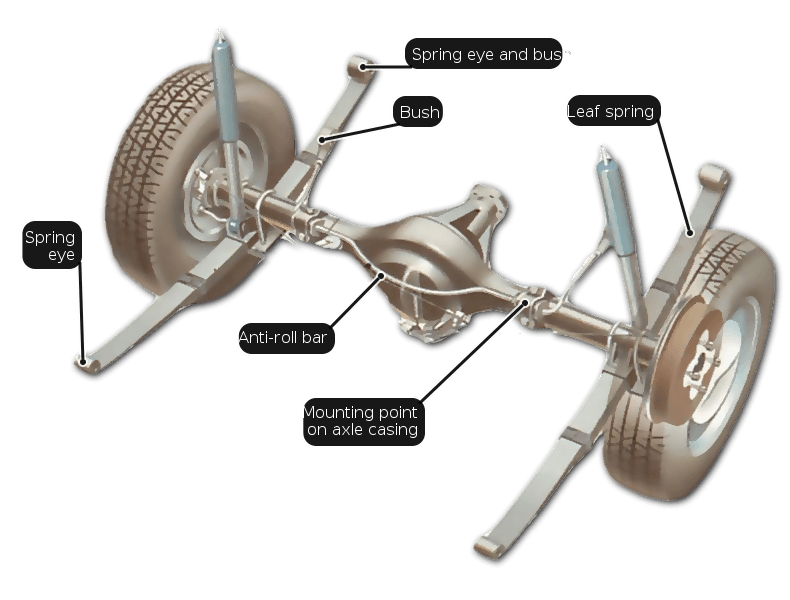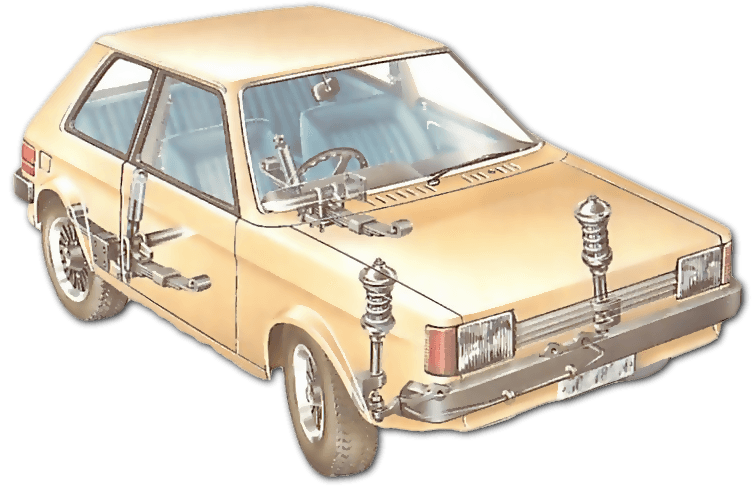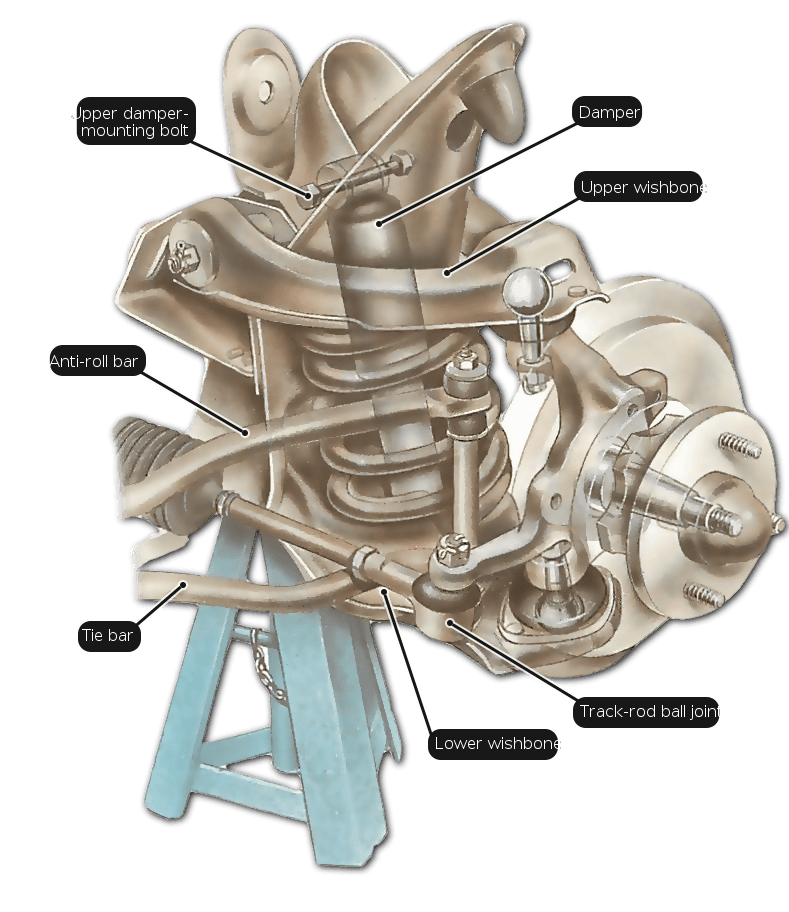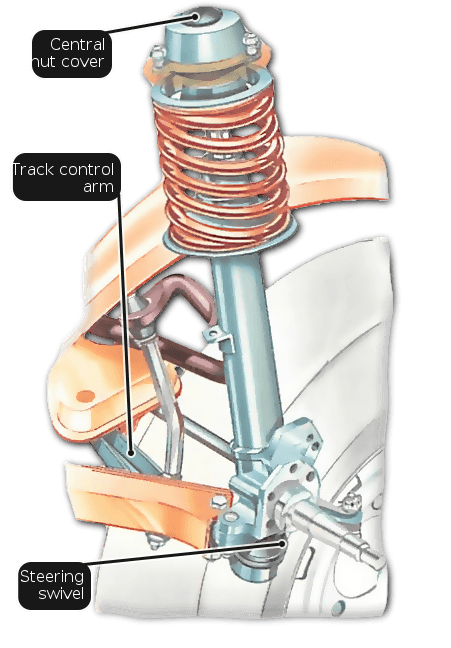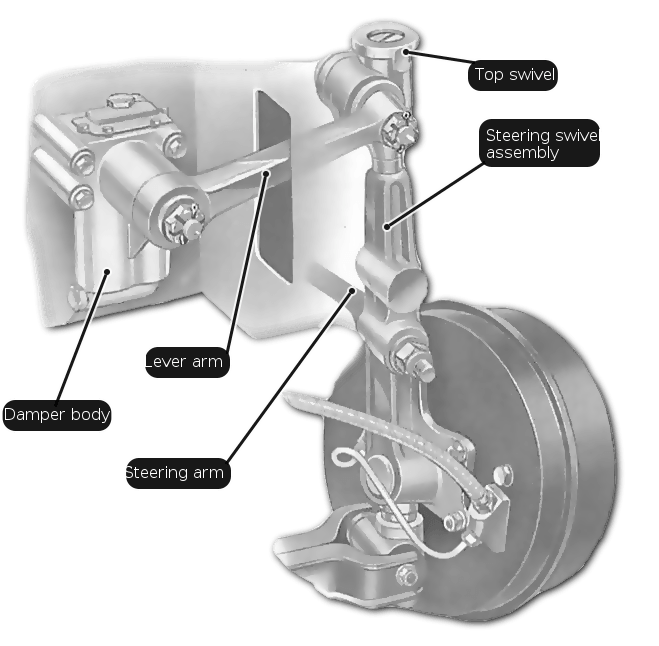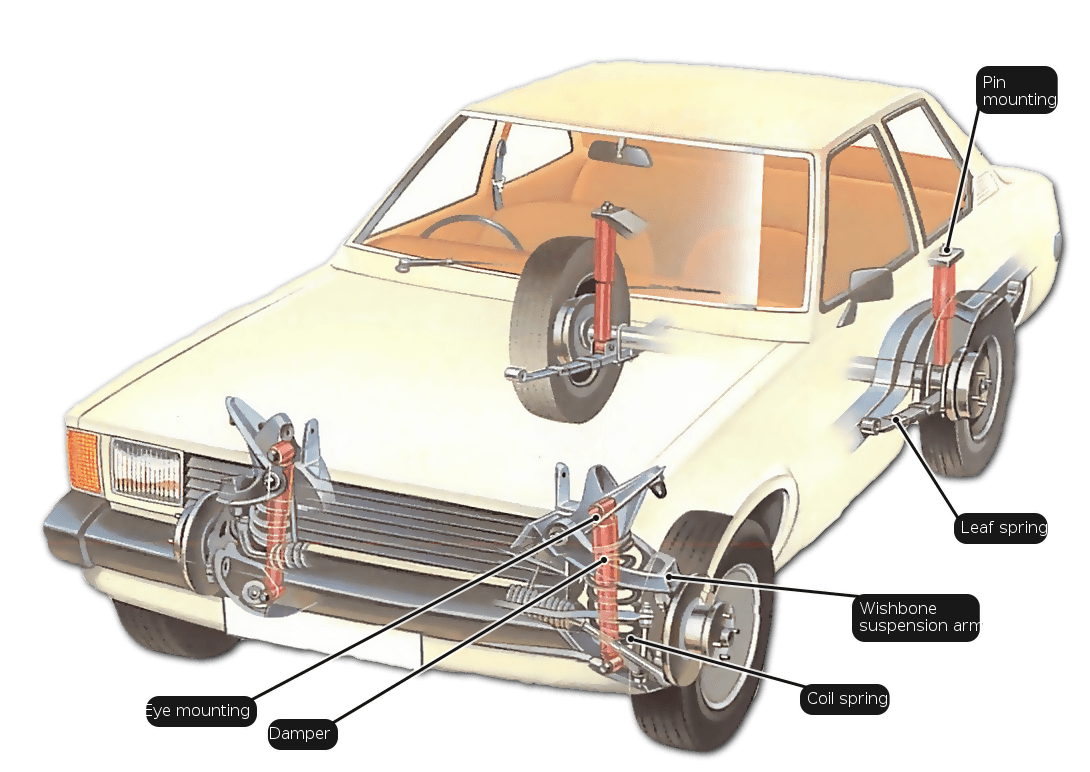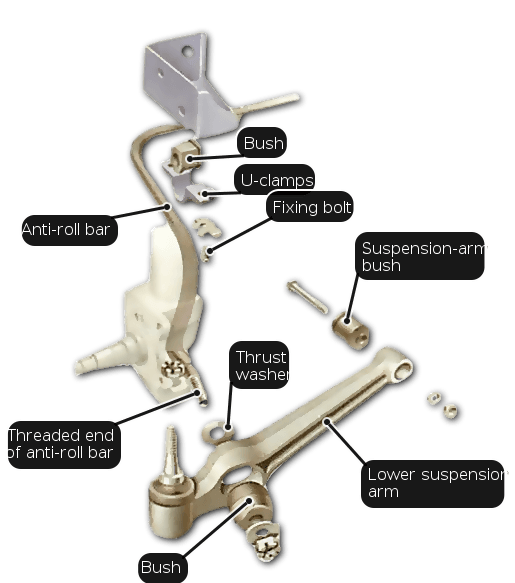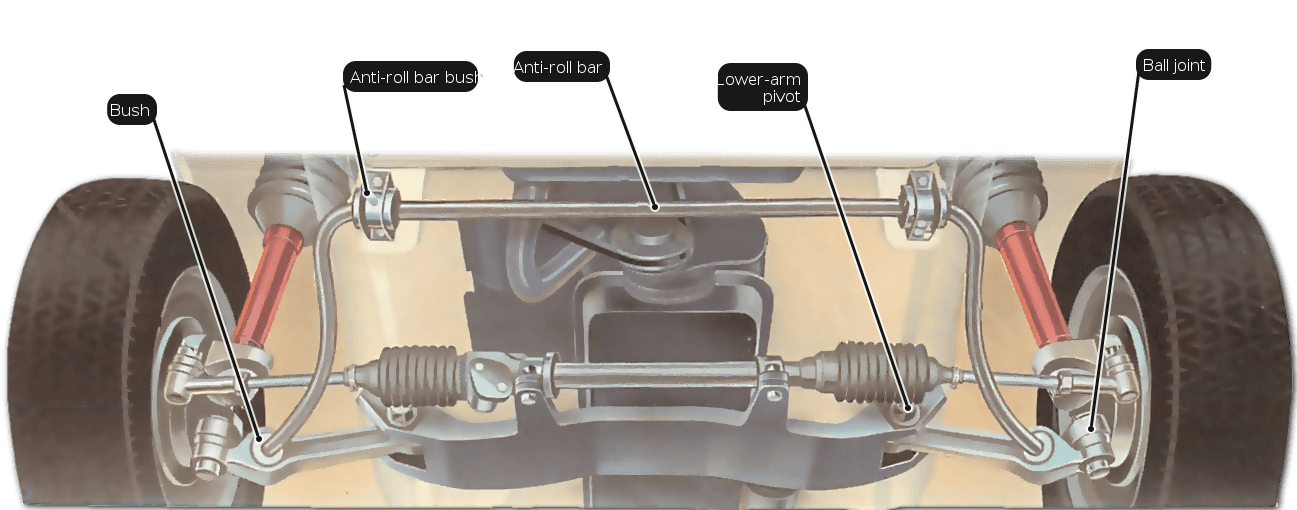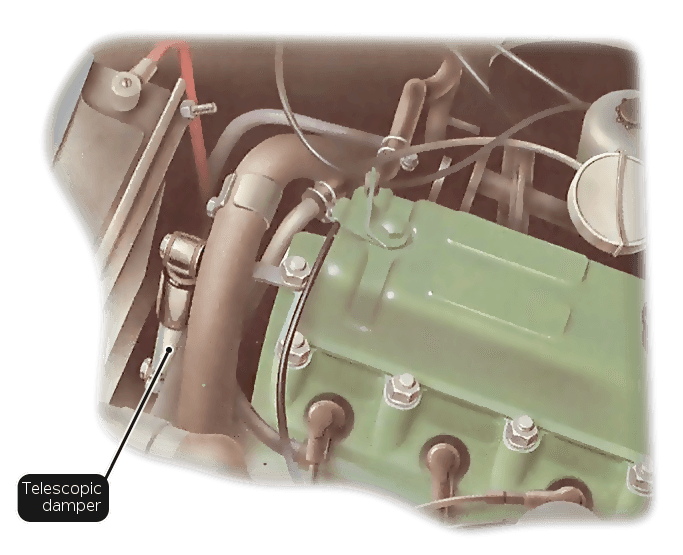Cleaning and checking leaf springs
Leaf springs are used at the rear in many cars. Leaf springs are likely to wear because they have several moving parts. They should be inspected at intervals specified by the car manufacturer, or at major service intervals – usually every 12,000 miles (20,000 km). Before you jack the car up, put it on level ground, make sure that the tyres are at their normal pressures and that the car is at its normal ‘kerb weight’ without passengers, and with a full fuel tank. Crouch down a little distance behind…
Read More